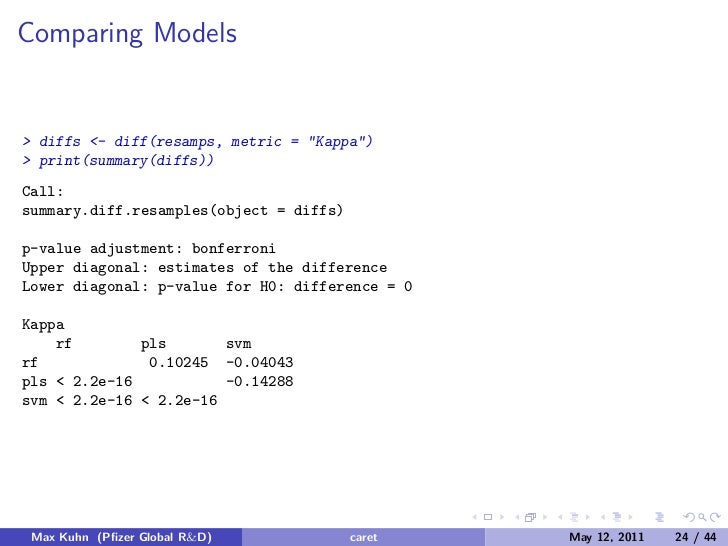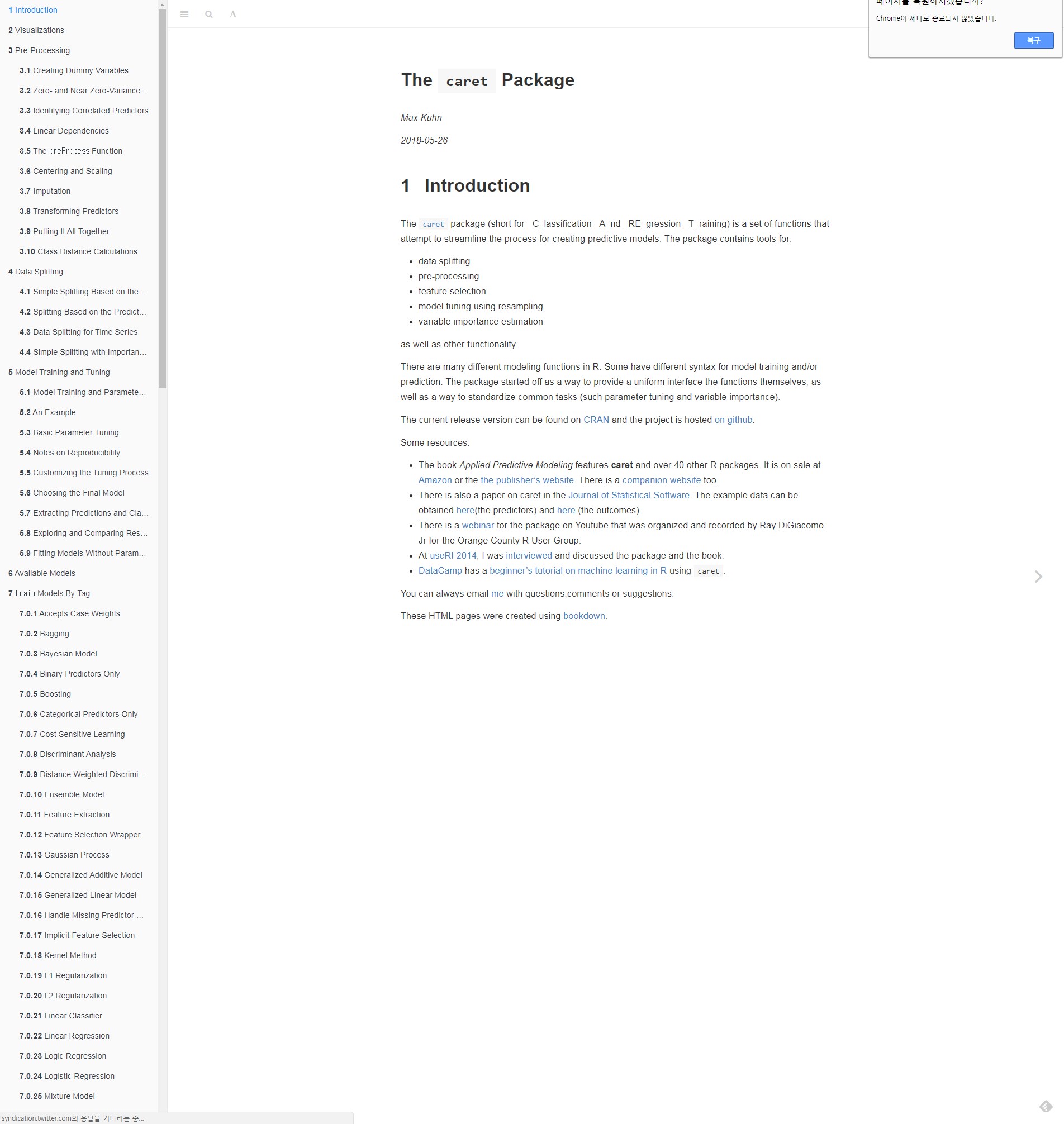

The function returns the index, which specifies how to split the data. Now, I’m ready to split the dataset into training and test set, by using the createDataPartition() function provided by the caret library: i <- createDataPartition(y = df$output, times = 1, p = 0.8, list = FALSE) Then, I will pass this variable as input to the training function. Simply, I have defined a preprocess variable, which includes the two operations: center and scale. Then, I normalize the input columns, by scaling and centering them, as follows: preProcess <- c("center","scale") The factor() function encodes a vector as a category or factor.

split the dataset into training and test setsĪs already said, I consider the output column as a target class so I encode it as follows: df$output I perform the following operations on the dataset:

Now, I transform the dataset for training. I also set the seed to a random number, to make the experiment reproducible: set.seed(12) 2 Dataset Preprocessing Then, I load the hearts dataset as a Dataframe: df <- read.csv('heart.csv') Once installed, I import the caret package as follows: library(caret) It provides functions for preprocessing, model training, model prediction, and model evaluation. The caret package ( Classification And REgression Training) is a very useful R package for classification and regression tasks. To solve the problem, I use the caret library, which can be installed as follows: install.packages('caret') As input features, I consider all the columns but the last one is named output, which I consider as target class.


 0 kommentar(er)
0 kommentar(er)
